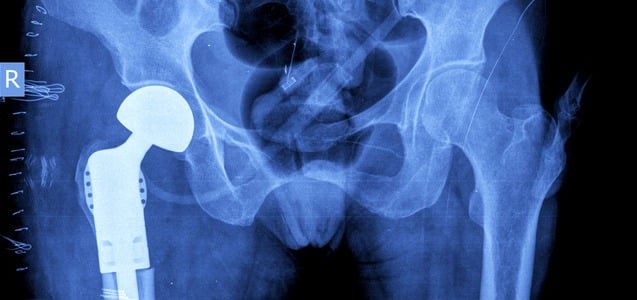In August 2016, Stryker recalled its LFIT V40 femoral head hip implant based on higher than expected taper failure rates. A taper lock failure occurs when the femoral head of the hip implant comes loose from the stem of the hip implant. Many people implanted with this faulty device suffer from severe pain, inflammation, loss of bone strength and mobility, and difficulty in walking. In some cases, excessive metal debris from the components causes an adverse metal reaction known as metallosis. Typically, when the LFIT V40 device fails, the person must have a revision hip surgery to remove and replace this defective Stryker product. Many people selected the LFIT V40 hip implant system because Stryker marketed this product as lasting longer than hip implants containing plastic or ceramic components, and being more suitable for persons wishing to maintain a physically active lifestyle.
The widespread failure of the LFIT V40 resulted in the filing of numerous lawsuits in federal courts all across the country. This, in turn, led to the creation of a Multidistrict Litigation (MDL) in the United States District Court in Boston, Massachusetts. A MDL consolidates lawsuits filed in different U. S. District Courts nationwide into a single district court to make it easier to coordinate issues and proceedings that will apply to all cases. As of May 2018, 271 lawsuits were pending in the LFIT V40 MDL.
Trials in what are known as bellwether cases usually take place used in a MDL. Bellwether trials involve a small group of cases selected from the total MDL pool of cases. A bellwether trial serves as a test case that the Court and the parties select to test their evidence and arguments, with the goal of moving the overall litigation towards resolution. These trials are used in mass tort actions like the LFIT V40 MDL, where hundreds of persons have been injured by the same defective and dangerous medical device. Bellwether cases generally have facts that are typical and representative of other cases in the wider litigation. The outcome of a bellwether trial often informs the parties on whether they will continue to litigate or settle their claims, and on what terms. If these bellwether trials result in good jury verdicts for the plaintiffs, they may set the stage for settlement discussions that involve all the cases in the MDL.
Judge Indira Talwani will be overseeing the LFIT V40 MDL and has ordered that the initial bellwether trial group of cases be selected by October 5, 2018. Specific case work up in these cases will then take place through a process known as discovery. The first LFIT V40 MDL bellwether case is scheduled to be tried by a jury in September of 2019.
When patients are forced to undergo painful and costly revision surgery following the implant of a defective and dangerous product such as the LFIT V40, corporations like Stryker who manufacture and market these defective products must be held accountable. Our experienced lawyers work for those individuals who have been harmed by this defective Stryker hip implant product. If you or a loved one has been injured or required revision surgery following a Stryker LFIT V40 femoral head implant, or another defective hip device, the attorneys at the Yost Legal Group will investigate your potential claim and lawsuit. For a free consultation, please call us at 1-800-YOSTLAW.









